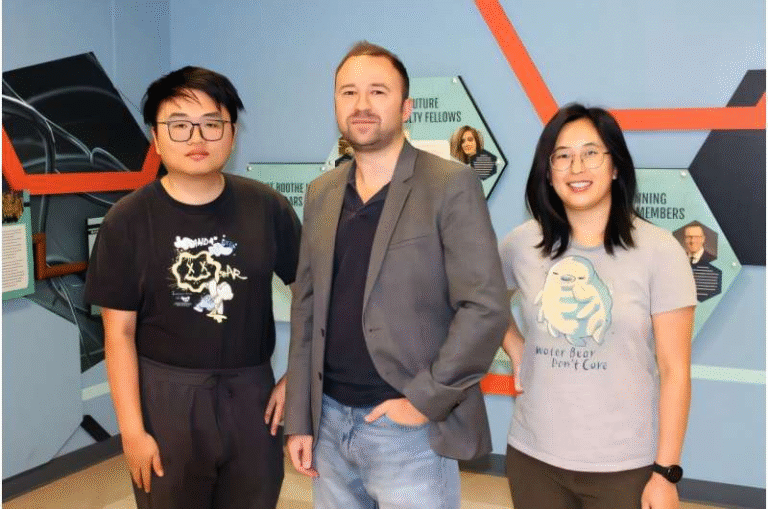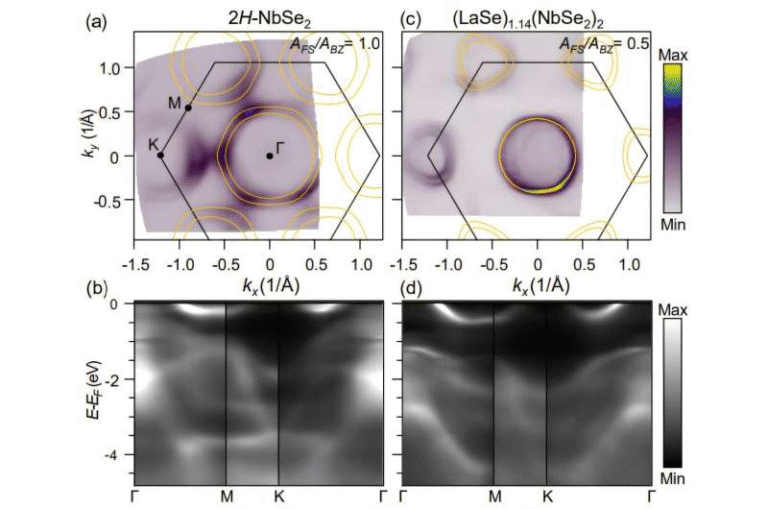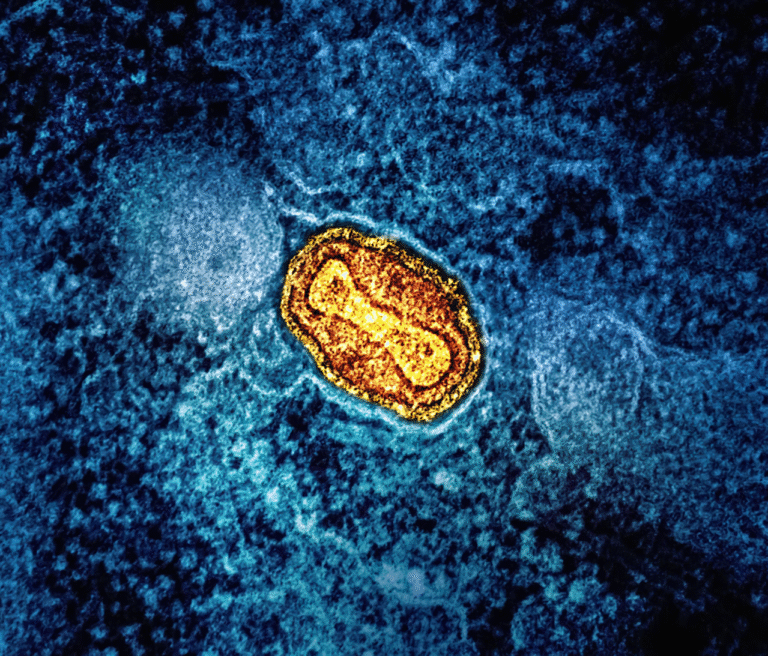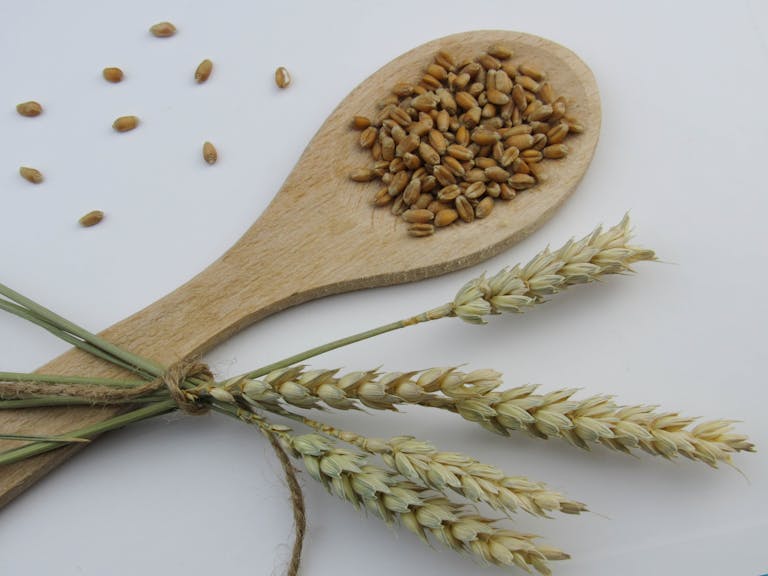Cannabis Leaves Hold a Hidden Treasure: Rare Compounds Revealed
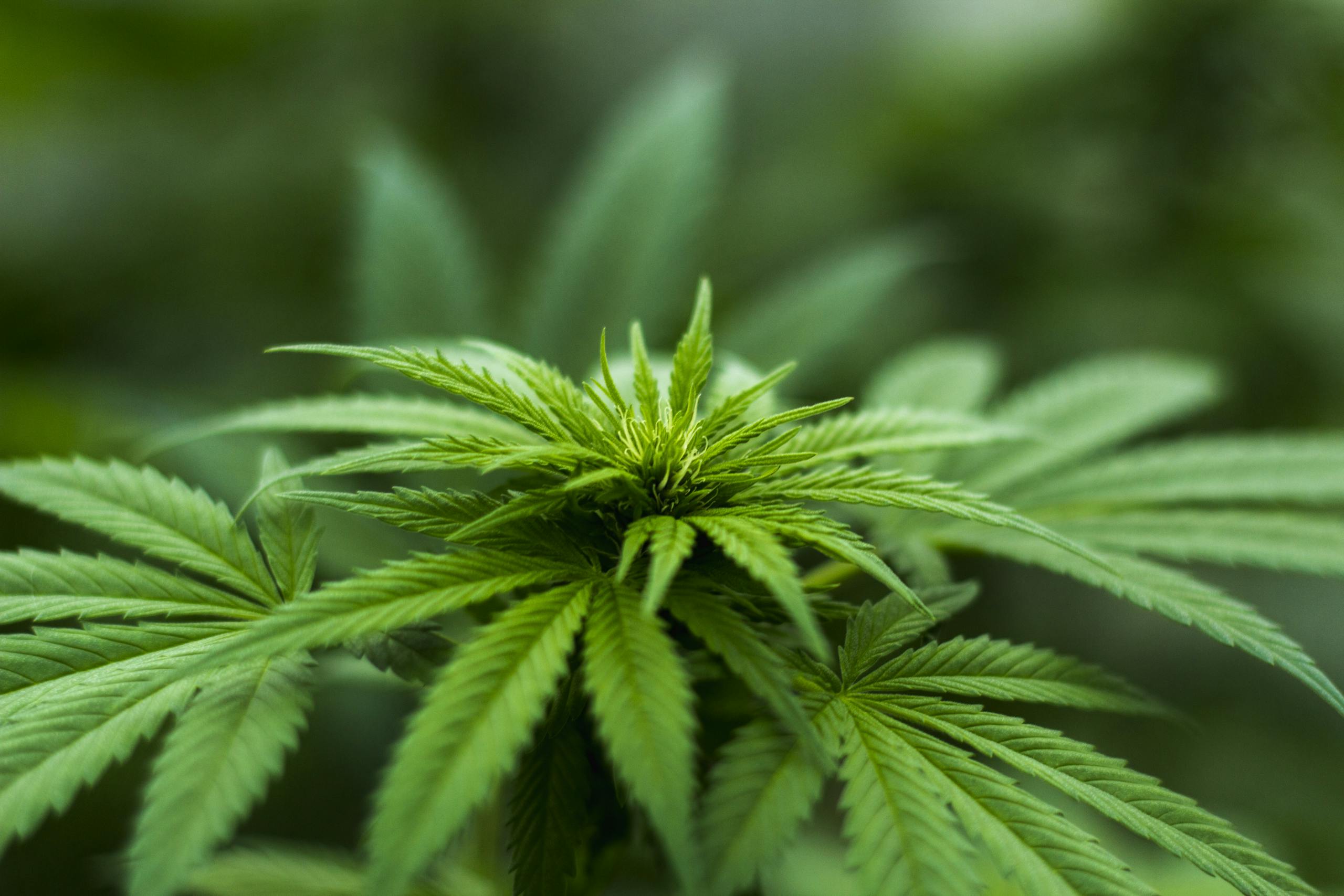
When most people think of Cannabis, they picture THC, CBD, or maybe even those iconic serrated leaves. But it turns out the leaves themselves are far more than just a byproduct of the plant.
A team of researchers from Stellenbosch University in South Africa has made a discovery that could change the way we see those often-overlooked green blades: Cannabis leaves contain rare chemical compounds that have hardly been found anywhere else in nature.
Beyond Cannabinoids: A Hidden Layer of Complexity
The star of this discovery is a group of compounds called flavoalkaloids. If the name doesn’t ring a bell, that’s because they’re incredibly rare. Scientists already know about flavonoids, which are common in plants and well-loved in the health world for their antioxidant and anti-inflammatory properties. But flavoalkaloids? They’ve barely been studied because they’re so scarce.
Now, for the first time, these unusual compounds have been detected in Cannabis leaves. And that’s a big deal. Not only do they have potential anti-carcinogenic effects, but they also expand the catalog of what makes Cannabis such a fascinatingly complex plant. In fact, this single discovery adds another dimension to the already staggering number of metabolites—over 750—that Cannabis is known to produce.
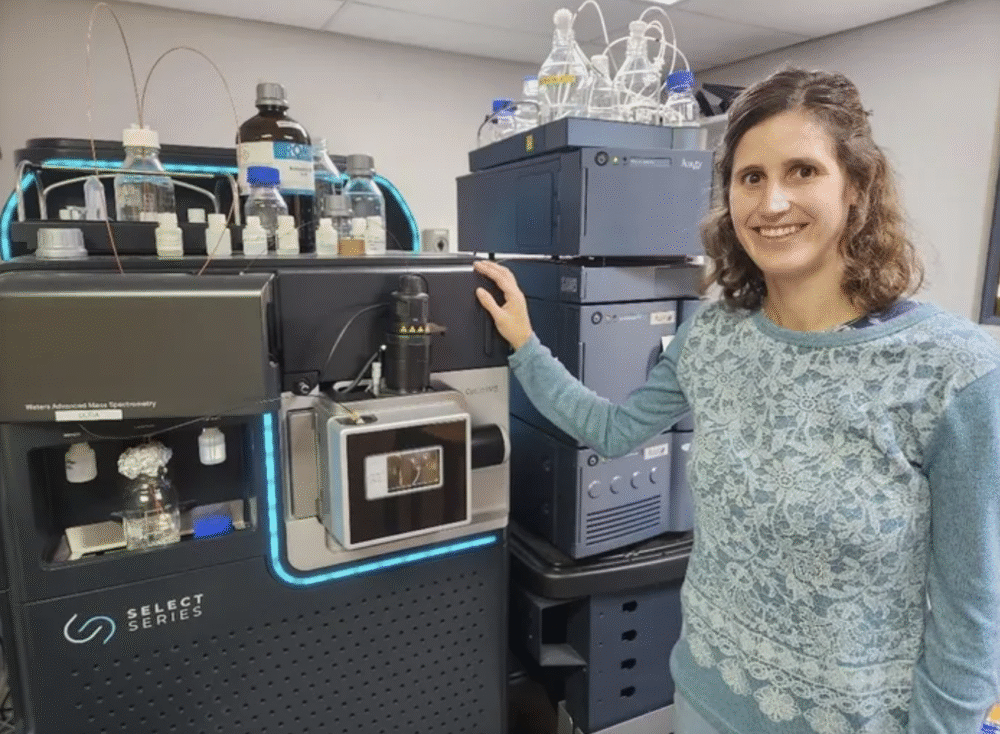
A Deep Dive Into the Chemistry
To uncover this hidden treasure, chemists analyzed three strains of commercially cultivated Cannabis from South Africa. Using highly advanced techniques—think two-dimensional liquid chromatography paired with high-resolution mass spectrometry—they were able to separate and identify 79 different phenolic compounds. Out of those, 25 had never been reported in Cannabis before, and 16 were tentatively classified as flavoalkaloids.
What’s especially intriguing is that these rare compounds appeared mainly in the leaves of just one strain. So not every plant will be equally rich in them, which suggests there’s more to learn about how different varieties of Cannabis produce such unique chemical signatures.
The Challenge of Spotting the Rare
Phenolic compounds in plants are notoriously tricky to study. They exist in very low concentrations and come in a dizzying variety of structures. That’s why most plants are known for their broad flavonoid content, but very few are recognized as sources of flavoalkaloids. Cannabis, as it turns out, is one of those rare exceptions.

The researchers themselves were surprised. They knew Cannabis was complex, but finding such a high variation in chemical makeup across just three strains—and detecting so many compounds for the first time—was not something they expected.
More Than Waste: Rethinking Cannabis Leaves
Here’s where it gets really interesting. For many cultivators, Cannabis leaves are considered waste material. They’re trimmed away, discarded, or used in low-value products. But this study shines a light on how much potential might be hiding in that so-called waste.
Professor André de Villiers, who supervised the project, pointed out that while Cannabis research has long been dominated by cannabinoids like THC and CBD, there’s a rich, unique profile of non-cannabinoid compounds waiting to be explored. And these could hold major biomedical promise.
What This Means for the Future
This discovery doesn’t mean Cannabis leaves will instantly become the next big pharmaceutical ingredient. There’s still a lot of work to be done to understand these flavoalkaloids, how they function in the body, and whether they can be harnessed for medicines or supplements. But the fact that they’ve been found at all opens up exciting new possibilities.
It also raises questions: How many other plants hide rare compounds we’ve overlooked? Could different strains of Cannabis carry their own chemical secrets? And will the industry start rethinking how it values the humble leaf?
For now, one thing is clear: Cannabis is proving once again that it’s more than meets the eye. Those leafy trimmings you might have thought were useless? They’re packed with hidden treasures that could change the way we look at plant-based medicine.
Source: “Comprehensive two-dimensional liquid chromatographic analysis of Cannabis phenolics and first evidence of flavoalkaloids in Cannabis” by Magriet Muller and André de Villiers, 2 August 2025, Journal of Chromatography A.
